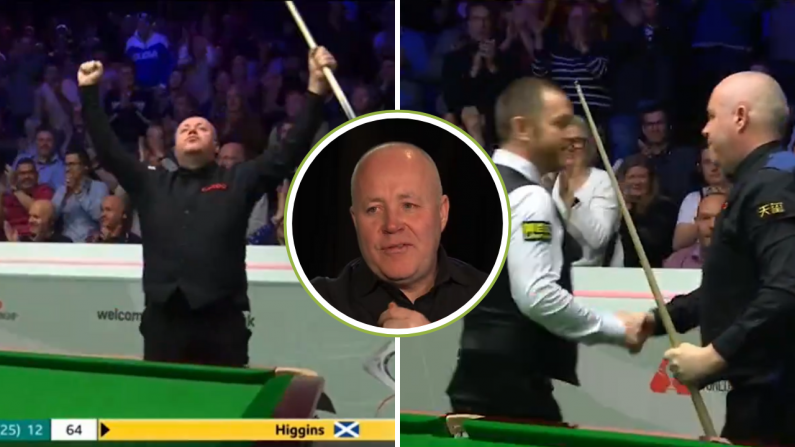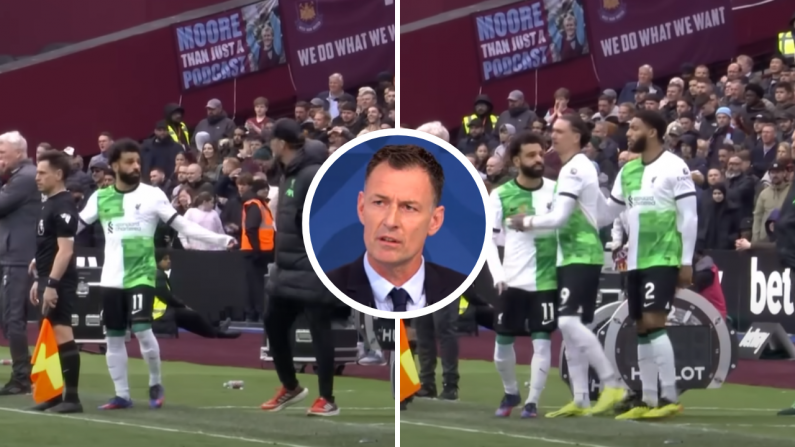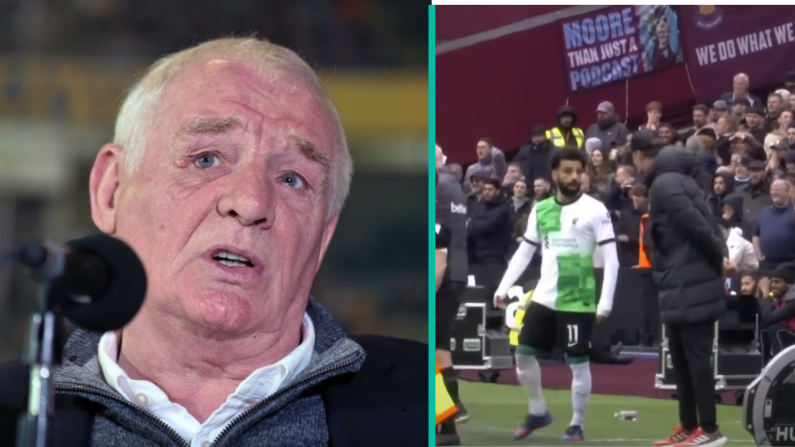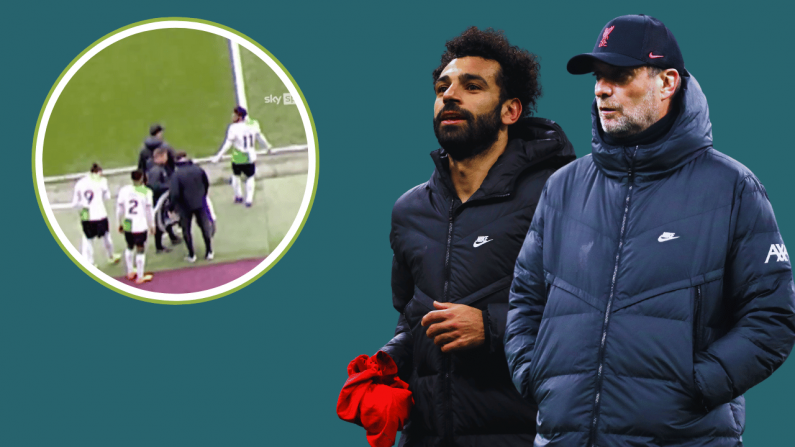The country holds many Aston Villa fans who, for several years now, have worn the weary, doleful look of someone who would rather be put out of their misery.
At this stage, relegation would almost liven things up for Villa fans.
Why is Ireland a relative hotbed of Villa fandom? At least when compared with other clubs such as Newcastle and Chelsea?
For anyone inclined to doubt the phenomenon, shirt sellers Sports Direct helpfully arrive along with proof, revealing the results of a study which found that Dublin accounted for more Aston Villa shirt sales than any major city in the UK. Even Birmingham and London.
The company analysed eight clubs in the study - Manchester United, Arsenal, Liverpool, Newcastle, Man City, Spurs and Chelsea being the others. In every club bar Villa, London accounted for the highest number of shirt sales.
Ireland owes its unusually large number of Villa supporters to the machinations of men like Graeme Souness, Graham Taylor, Ron Atkinson and, indeed, Alex Ferguson.
In the same way that so many Irishmen in their fifties now support Leeds United, a large proportion of Aston Villa fans in this country are in the late 20s and early 30s.
After a bleak period in the mid-to-late 1980s, in which they took their leave of the top flight for the 1987-88 season, Villa returned to prominence in the early 1990s under the management of Graham Taylor and Ron Atkinson.
Sandwiched in between them was the too exotic figure of Dr Jozef Venglos, whose bafflement at his players' drinking habits didn't help staff relations as the club slipped from 2nd spot in 1989/90 to 17th spot in the 1990-91 season.
However, it was Alex Ferguson's bafflement and frustration with Paul McGrath's capacity for drinking that was pivotal in creating a generation of Villa fans in Ireland.
Fergie and United had convinced the injury ravaged McGrath to retire in 1989 and he was to be offered a testimonial in Dublin. Failing to voice his misgivings until the final moment, the shy and pliable McGrath had agreed to go along with the plan.
Observing this process, a concerned Kevin Moran asked McGrath if he was really sure that this is what he wanted to do. After pondering the matter, McGrath concluded that he'd love to continue playing football. After a brief chat with the oft maligned Gordon Taylor of the PFA, the process was halted.
Thus, the most beloved Irish footballer in history headed for Birmingham.
Taylor led them to the runners-up position, albeit a distant one, in the 1989-90 season before leaving to succeed Bobby Robson as England manager (in retrospect, he should have stayed where he was).
Over at Liverpool, when Graeme Souness decided to take an axe to the allegedly ageing team he inherited from Kenny Dalglish, their healthy collection of Irish players were first for the chop.
Even those who weren't particularly old. Ronnie Whelan was relegated to the wilderness while Ray Houghton was sold at the end of the 1991-92 season. Meanwhile, 22 year old Steve Staunton was gotten rid of almost as a first order of business. In the case of the latter two, Aston Villa, by now managed by Ron Atkinson, were the beneficiaries.
By the 1992-93 season, Ireland were peaking as football nation and Aston Villa were making a serious tilt at the League title. Villa led the League for much of the season until they faltered badly in the last two months, gifting the title to the previous year's bridesmaids Manchester United.
The perceived psychological frailty of United, a hangover of the previous season's collapse, wasn't fully explored. Paul McGrath won the PFA Player of the Year award in March '93.
Another potential factor is Villa's success in what was then called the Coca Cola Cup. In an era when few households in Ireland had Sky Sports, League Cup games were still screened live on ITV.
Villa, who had added Andy Townsend in the off-season, won the Coca-Cola Cup in 1994, beating Manchester United 3-1 in the Wembley final. Two years later, they claimed the League Cup again, beating another team with a larger Irish fanbase than their current position would suggest - Leeds United.
In that five year period between 1992 and 1996, a great deal of Irish Aston Villa fans were born. There are other factors, of course. Birmingham, like many big cities in England, attracted Irish immigrants in the twentieth century. Naturally, Aston Villa is Birmingham's biggest club and they have gained a reputation for being the city's Irish club. The Irish Post newspaper, the paper of the Irish community in London, ranked them fourth in their list of the top 10 English clubs by Irish interest.
We interviewed Ger Gilroy about his Villa fandom. He pinpointed a forgotten 3-2 win over Spurs - which further study has revealed was in March 1991 - from the season in which Dr Jozef Venglos almost led them to relegation, as the moment he became an Aston Villa fan. Controversially, Ger reveals he was in fact an Everton fan before attending this game. The sheer Irishness of Villa struck him at the time.
[soundcloud url="https://api.soundcloud.com/tracks/241610152" params="auto_play=false&hide_related=false&show_comments=true&show_user=true&show_reposts=false&visual=true" width="100%" height="450" iframe="true" /]










